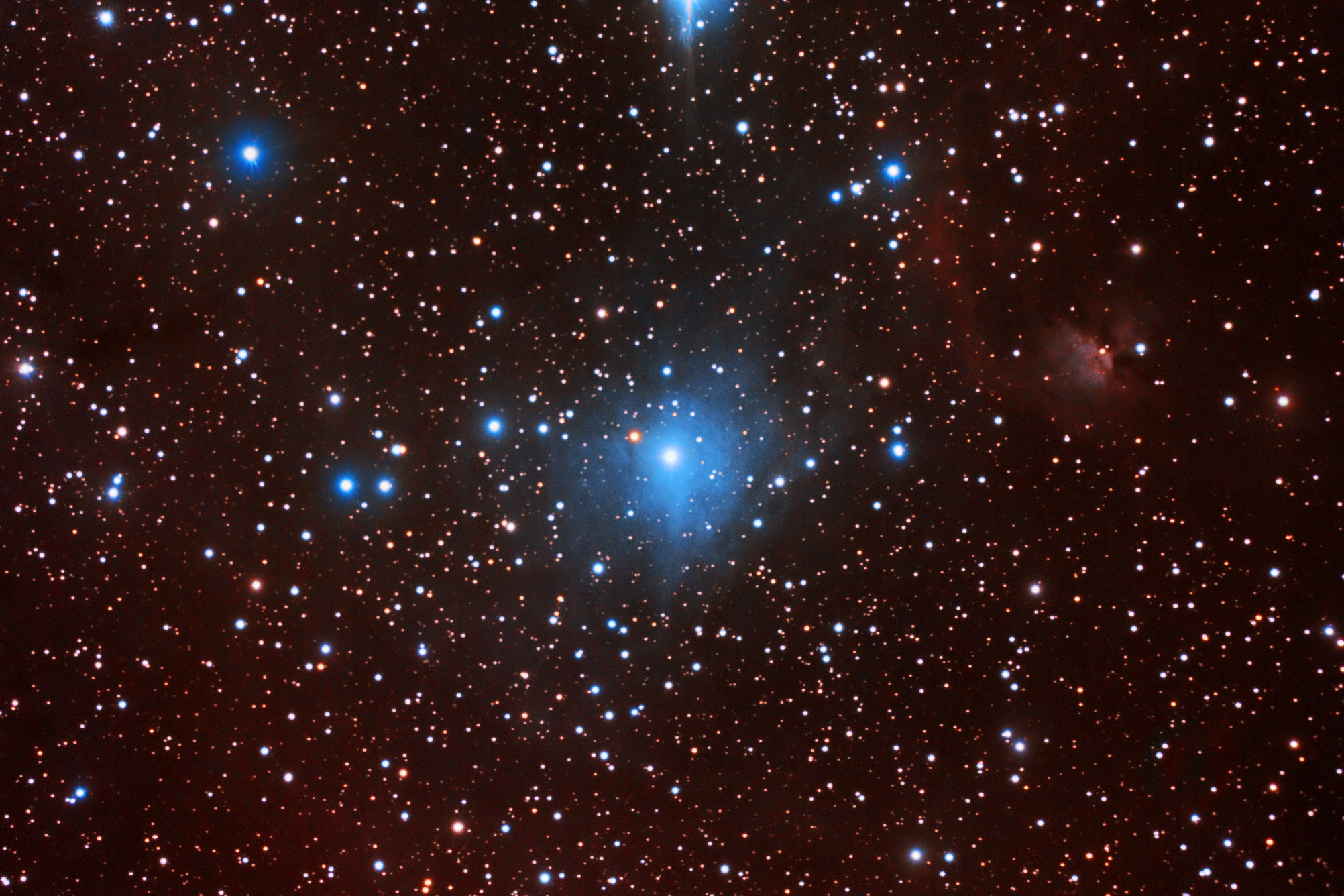| Description | Images |
Object name: VDB075Designation(s): VDB075, GN06.16.4, I thought I was imaging just vdB 75 but then this nebula showed up to the west. It is GN 06.15.6. That is the only identification SIMBAD has for it at those coordinates. Move a bit and it has several others just west it's position. Some sources, SIMBAD included, claim it is IC 444. That isn't likely correct. IC 444 is missing. It was "discovered" by Max Wolf on September 25, 1892. He was using a 2.25" refractor. There's no way he could see this faint an object. It could be he was referring to vdB 75. My The Sky thinks so. But Wolf's coordinates for IC 444 are for a very blank region of the sky between IC 443 (a famous SN remnant which Wolf did discover that night but got the coordinates somewhat wrong) and vdB 75. Seligman offers the nebula north of Mu Geminorum, Sh2-249 as a possible IC 444 but never mentions vdB 75. I find both likely too faint for a 2.25" refractor. I suppose I should give these a try with my 2.4" but with the temperature outside running about -18C, I don't see that happening. |
